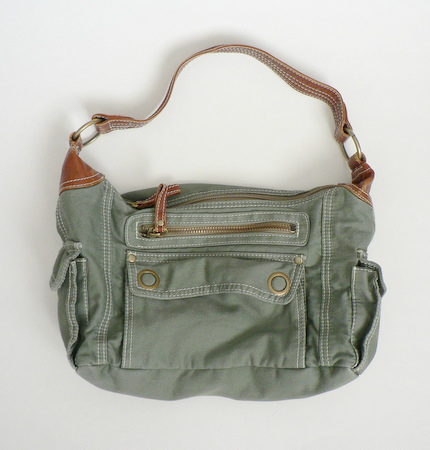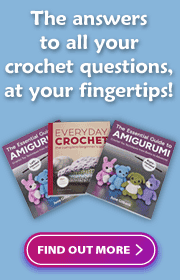
I just received my contributor copy of the new sewing book, One Yard Wonders. I’ve been looking forward to getting my hands on it for months! It’s a lovely book, featuring 101 projects that can each be made from under 1yd of fabric – a great way to use up fabric that you may have […]






















